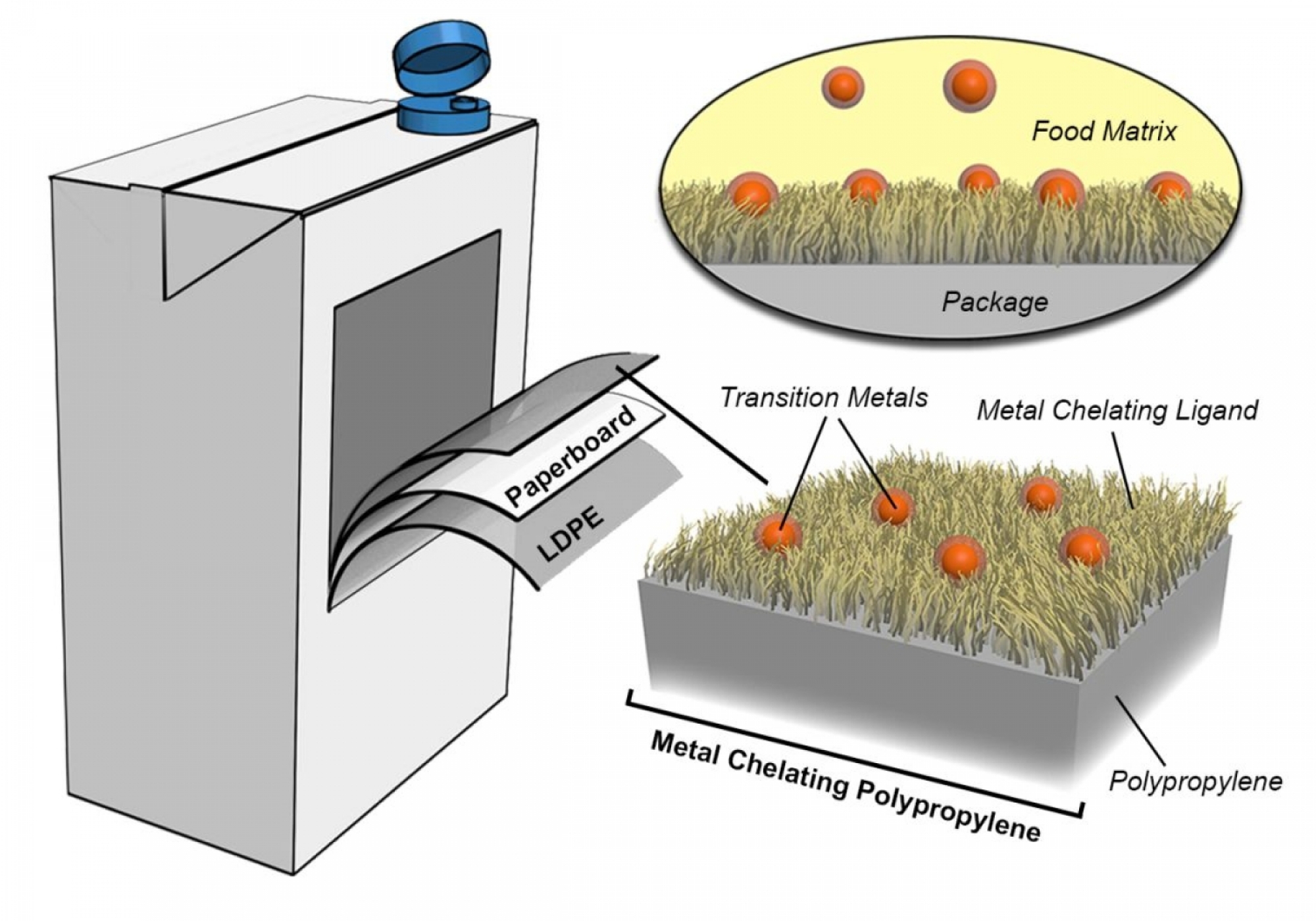Whether it is cars, phones or factories, every industry seems to be wising up and getting ‘smart’ these days. And as Interpack 2017 is currently showing us, packaging is following suit.
Traditionally, packaging has been known to fulfil three standard functions: protection, communication and containment. Smart packaging – also known as ‘intelligent’, another popular adjective embraced by design and R&D teams – is a term that refers to advanced forms of packaging systems used increasingly in the food processing sector. By employing microelectronics, nanotechnology and other cutting edge applications, smart packaging helps extend shelf life, monitor freshness, display information on quality, as well as improve safety and convenience.
Need a meatier example? For certain types of foods, the combination of science and specialised materials in the packaging design can provide a higher level of protection. Additive technologies, such as antimicrobials and oxygen scavengers, can be added for detecting gas and monitoring the temperature of the food as a means to pre-emptively reduce deterioration and contamination.
And before you may feel inclined to dismiss smart packaging as an ambitious yet fleeting trend, you might want to consider flicking through Transparency Market Research’s report, which claims that the global market is anticipated to experience an exponential growth between 2017 and 2025. This can be attributed to an increased demand for advanced packaging solutions specifically in the food and pharmaceutical industries.
But what is driving this demand? While brand design innovation will always play a role, the rising health consciousness among consumers (especially everyone’s favourite generation, the millennials) is arguably the most important factor. A range of materials used in some types of traditional food packaging can potentially be hazardous to consumer health, which explains why a growing number of consumers prefer smart packaging in order to have safer and more hygienic products. And they are willing to pay the heftier price tag too.
As far as we are concerned, the market research speaks clearly: there is a mouth-watering opportunity for the packaging industry to bring to the table a wide variety of new smart packaging solutions that offer a wider choice to consumers, while also allowing food companies to sink their teeth into new packaging designs that are sure to re-nourish their brand.
And in case you’re wondering, yes, I did just try to sneak four food puns into that last paragraph. It wasn’t easy.
